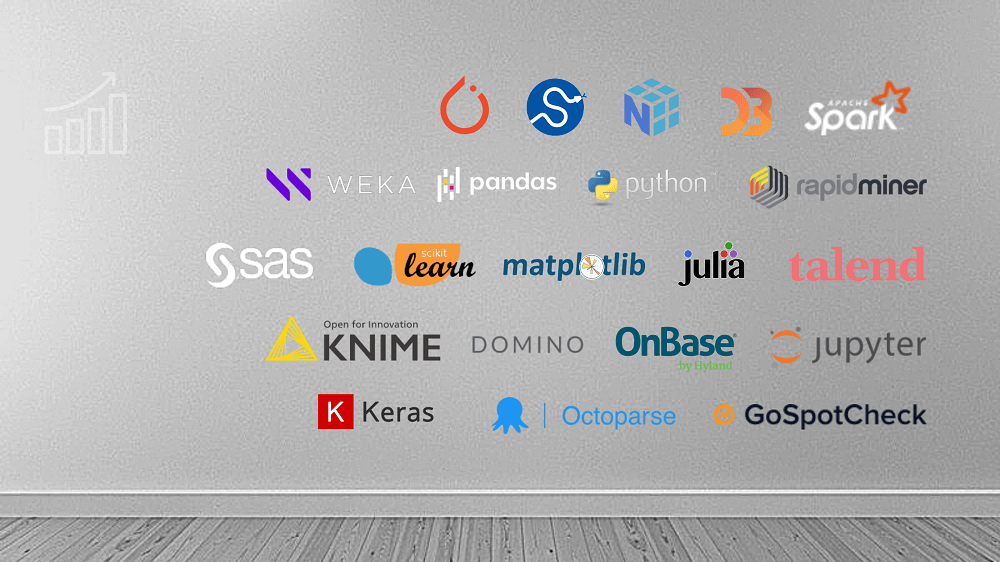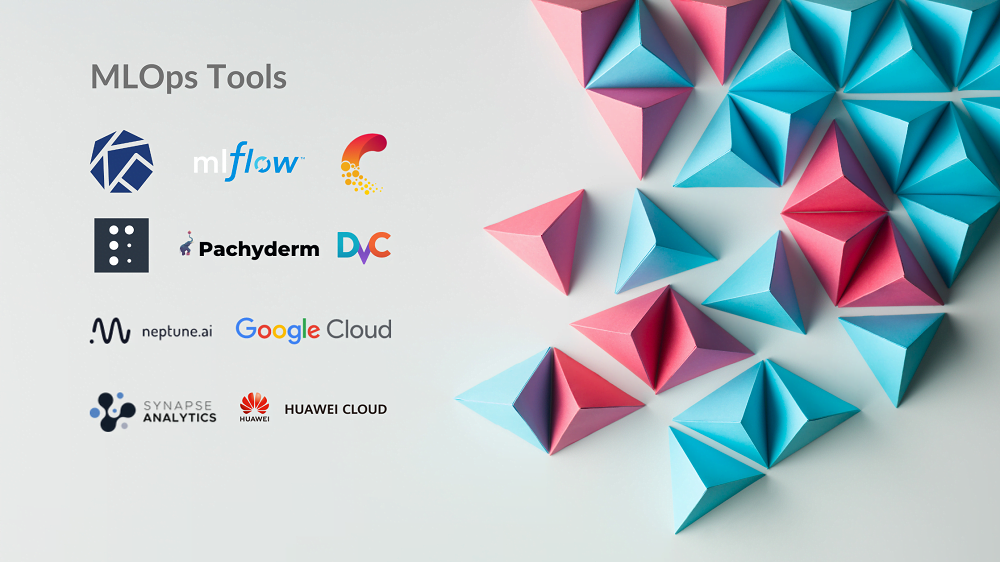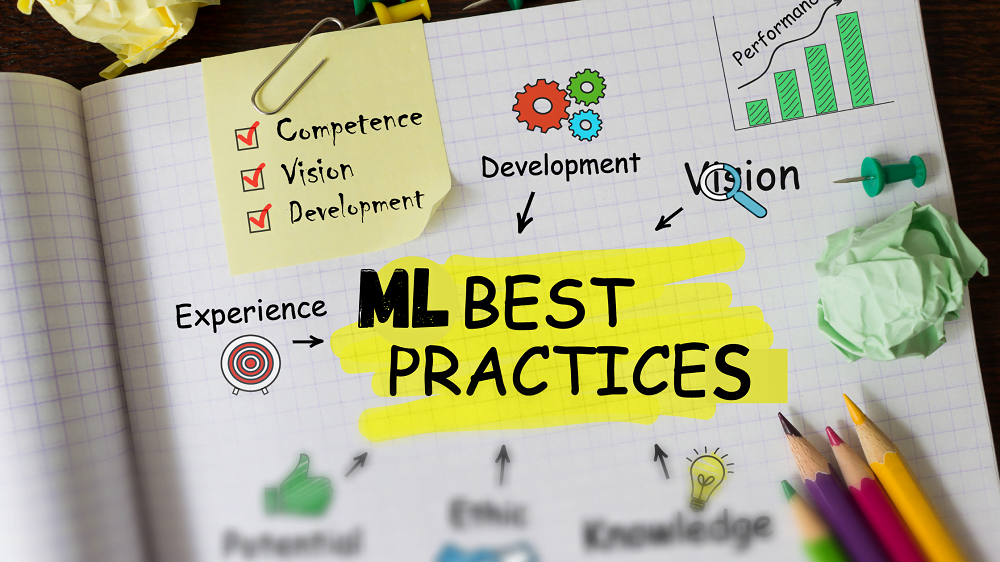Reading Time : 1 Mins
5 Best Practices To Succeed With Your Data Science Project
Uber uses data science for price optimization.
AirBnB keeps its customers away from fraud with the help of data science.
You get to ‘Netflix and Chill’ because its recommendation engine suggests movies and shows that are closest to your liking- it saves them more than $1 billion every year.
Why does Spotify rule the hearts of music lovers? You have to thank the data analysts for that. They are the ones who suggest the songs that you might like or the artists who you are most likely to vibe with.
Data science moves some of the biggest companies in the world, and their operations would come to a standstill if there were no technology like the former. It would be a travesty not to invest in it, especially during these times. Businesses want to be ahead of the curve, and data science is one technology that can work wonders.
Let us look at five best practices to follow if you want to succeed with your data science project:
1. Have a clear understanding of the business requirement:
This goes without saying. A half-baked requirements document will spell disaster. Data scientists cannot grab some random data, run models and come up with results. The first thing that everyone should be clear about is the use case for a particular model.
“What is the business problem that is being solved?”
The answer to this simple question and also to subsequent questions based on this one will help you get familiarized with the business requirement.
The data scientists should be able to clearly understand the pain point of the customer or the business as it will help them determine the data sets that can be used to build the models. They need to possess a 360 degree understanding of the business. From understanding the market that they operate in to understanding how the product helps the customers and how it was conceived, each piece of information is necessary.
2. Select the appropriate tools and KPIs for the project:
You will require tools for visual modeling and coding. Senior data scientists might prefer to work in languages such as Python. First, you need to decide on the kind of infrastructure that you want.
Business Intelligence tools, SQL Consoles, MATLAB, Python, R and RStudio, BigML, Jupyter, Apache Spark, and SAS. There are many more. The right set of tools need to be chosen after deliberations with every data scientist in the team.
What is the kind of computational power that you will need? The answer to this question will also give you ideas on what is required for the success of the project.
The success of your project can only be measured and improved upon if you set KPIs. Do not go for KPIs that have nothing to do with your business goals. When the data scientists share data science metrics with the management, it is imperative that they translate these results as business metrics too. The kind of impact that the data science project has had on the bottom-line, customer service levels, etc., needs to be communicated properly.
3. MLOps:
It is born at the intersection of Data Engineering, Machine Learning, and DevOps. MLOps is a set of practices that are used for communication and collaboration between data scientists and other stakeholders. When you apply these practices, it will increase the quality and smoothen the management process. It even automates the deployment of ML and Deep Learning models with business needs and helps follow regulatory requirements.
MLOps applies to the entire lifecycle, starting from data gathering, software development lifecycle, continuous delivery, deployment, diagnostics, governance and KPIs. MLOps serves as a guideline for businesses to accomplish their business goals no matter what kind of constraints they are facing- let it be a small budget, fewer resources, or confidential data.
MLOps helps you reduce wastage, does a lot of automation, and produces better insights with machine learning. It brings business interest as the core of your ML operations. Through the benchmarks that it sets, data scientists work in an organized way and get great results.
4. Be mindful of erroneous data:
There are tonnes of data that have been stored in the systems of organizations for years. Most of these have never been used for any kind of analysis and are most likely to be erroneous. Such data are of different kinds- incorrectly entered ones, manual operations on the data, missing data. While there are ways to clean the data, it can be a time-consuming affair.
Having erroneous data can negatively affect the results that you expect from the entire exercise. The data scientists should make the business/customer aware about the presence of the erroneous data, especially if it is in huge numbers and can derail the project.
The best thing you can do here is to start working with a dataset that is clean and devoid of errors. To achieve something like this, it is imperative that the business check the data regularly and clean them.
One crucial aspect of the data that you need to be aware of is about compliance with data privacy regulations. You need to be mindful of this from the very beginning of the data science project.
5. Keep Iterating:
Once the model is built, it doesn’t end there. Machine learning needs constant improvement. In fact, over a period, models will tend to lose their sheen unless there are iterations and new data is fed into the system.
For your model to be accurate and working as expected, you need to rework on the model based on the business requirements and customer expectations. It is a given that the business landscape is going to change, and you need to make changes in the ML model to get the ideal results from it.
It is imperative that you keep monitoring the effectiveness of the ML algorithm. When the performance dips below the benchmarks that you have set, or a point below which you won’t get optimum results, then you need to go for an iteration. To create effective models, the data scientists must once again camp together, understand the business requirements again and work on the model.
Conclusion:
Data science projects do not boast of a high success rate. There are a lot of variables that should fall in place for it to fetch results. For your data science project to be complete, you need to constantly evaluate, re-evaluate, and keep improving. If you consistently follow some of the best practices that we have outlined here, you are most likely to guarantee success with your data science project.
Are you looking to convert the petabytes of information you have into intelligence? The data science team at Zuci would be more than happy to help. Our expertise includes forecasting, machine learning, deep learning, data wrangling, descriptive analysis, predictive modeling, and so on. Get on a call with our data science experts to understand how you could use your business information.

Chatty & gregarious, you can find her with her baby plants when not with her marketing team.
Share This Blog, Choose Your Platform!
Related Posts




















